DIY Pet-Friendly Indoor Garden: Safe Plants for Dogs and Cats
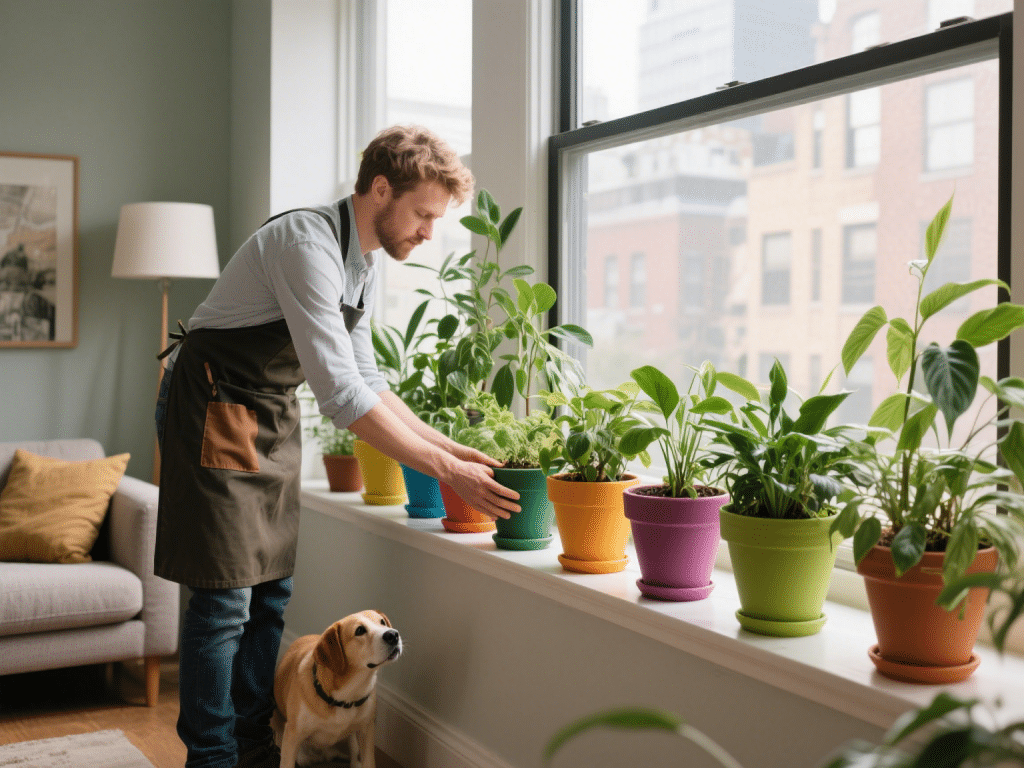
I’m a long-time pet blogger and indoor gardening enthusiast. With over a decade of testing, I’ve curated easily maintained indoor gardens that add greenery without risking your pet’s health. Here’s my step-by-step plan to create a beautiful, pet-safe indoor oasis.
1. Choosing Safe Plant Varieties
Select non-toxic species approved by the ASPCA:
Spider Plant (Chlorophytum comosum): Hardy and air-purifying.
Boston Fern (Nephrolepis exaltata): Thrives in humidity, safe if nibbled.
Herb Trio: Basil, parsley, and oregano—edible and enriching.
2. Gathering Supplies
Containers: Terracotta or BPA-free plastic pots with drainage.
Potting Mix: Organic, soilless mix—lightweight and sterile.
Pebble Trays & Humidity Misters: Support ferns and herb moisture needs.
3. DIY Garden Layout
Tiered Display: Use shelves or plant stands to create vertical interest—keep lower shelves for hardy plants dogs can sniff and higher shelves for cats.
Designated Herbs Corner: Dedicate a sunny spot for herb pots—cats enjoy nibbling parsley.
Cat Grass Planter: Blend oat, wheat, and barley seeds in a shallow tray. Seeds sprout in 7–10 days, providing safe chew greens.
4. Pet Interaction & Enrichment
Interactive Sniff Stations: Place a few sprigs of fresh basil inside a shallow bowl—rotate weekly to maintain scent novelty.
Supervised Exploration: Allow your pets to explore the garden under watch—preventing knock-overs and guiding gentle interaction.
5. Maintenance & Care
Watering Schedule: Water based on plant needs—ferns thrice weekly, herbs once weekly. Check soil moisture before watering.
Pest Management: Use insecticidal soap or neem oil; avoid chemical pesticides.
Light Requirements: South or east-facing windows provide 6–8 hours of indirect light.
Creating a pet-friendly indoor garden enhances air quality, stimulates your pets’ senses, and adds a natural touch to your home. Follow these steps for a thriving, safe green space both you and your furry friends will adore.
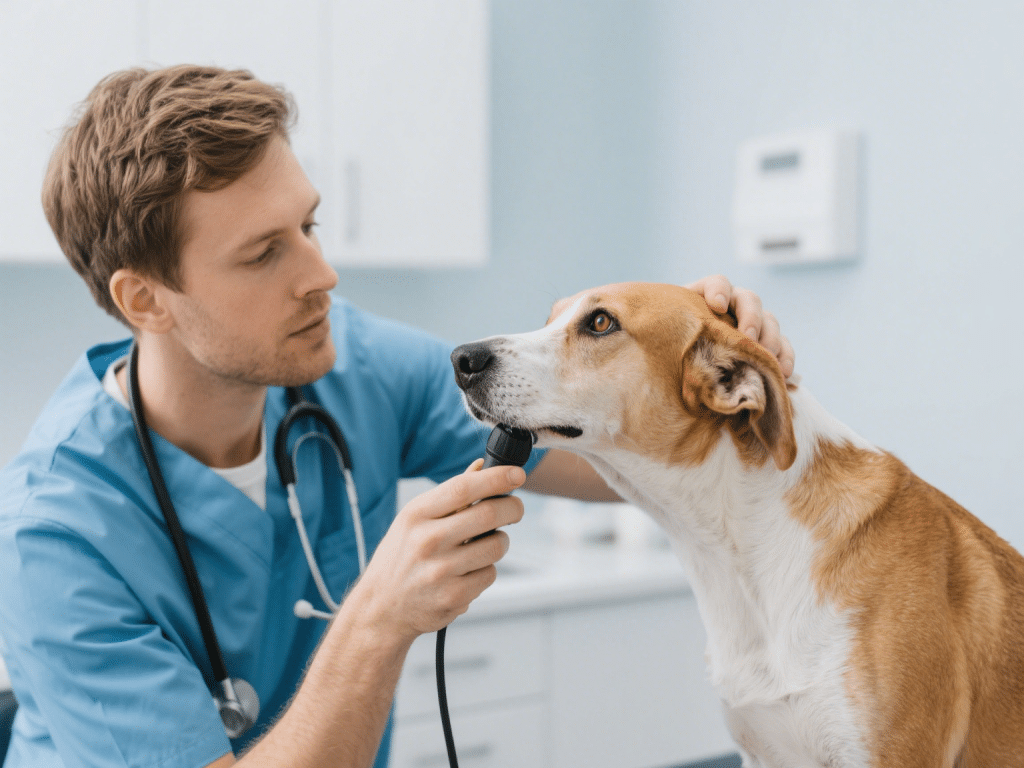
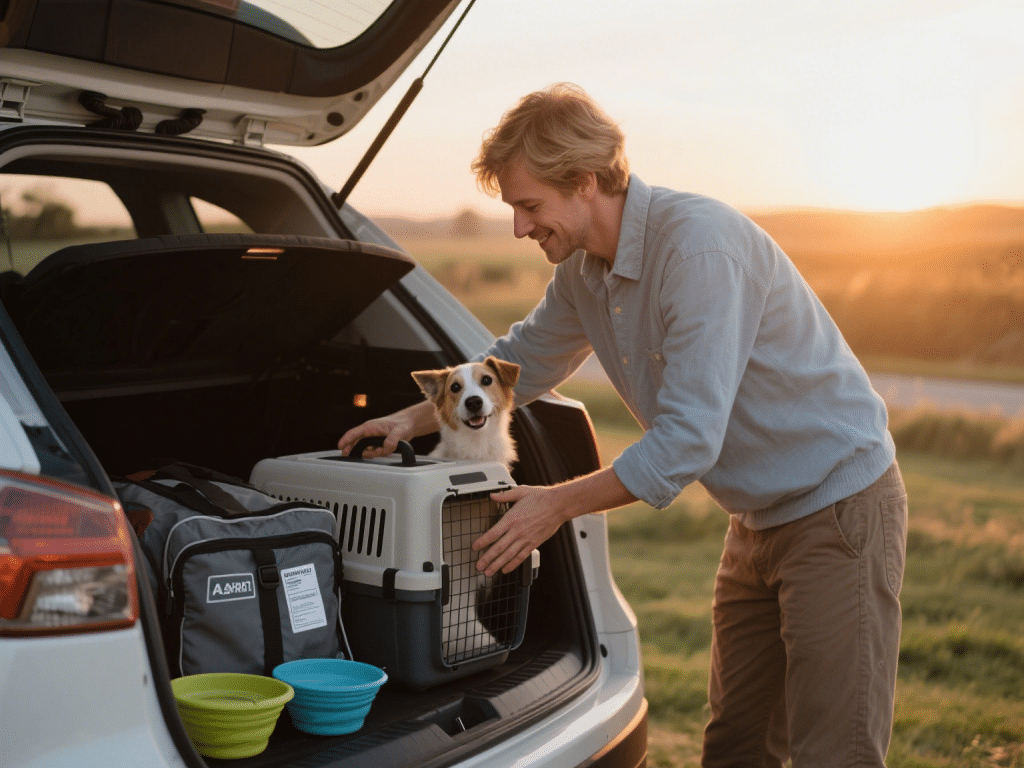
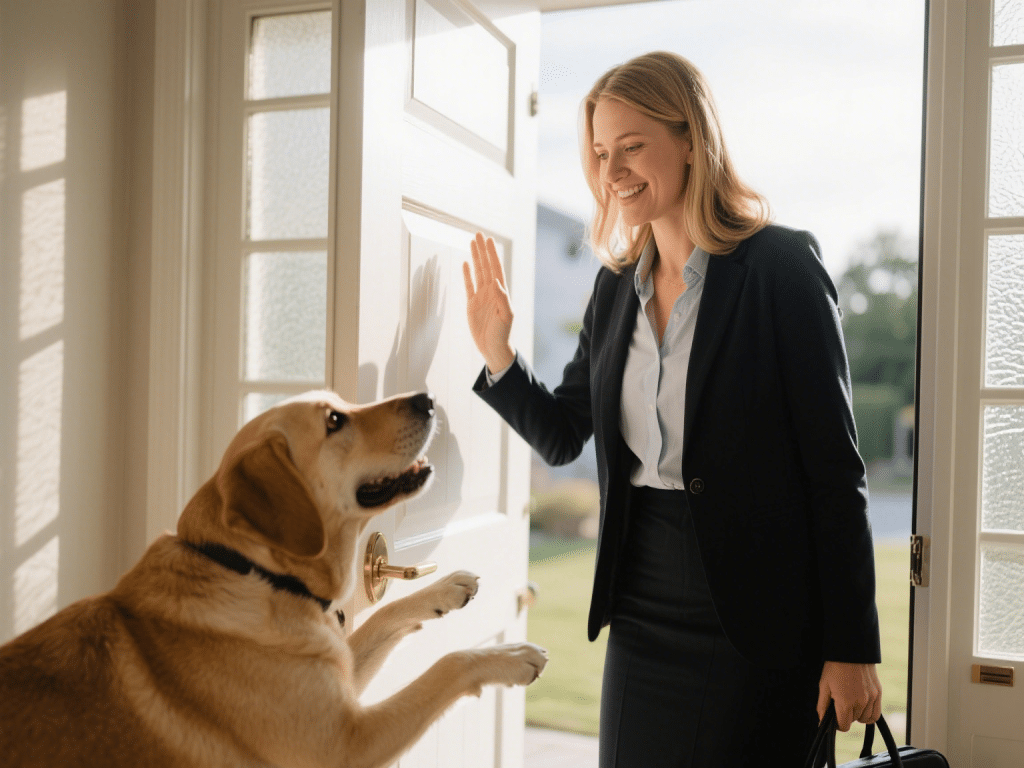
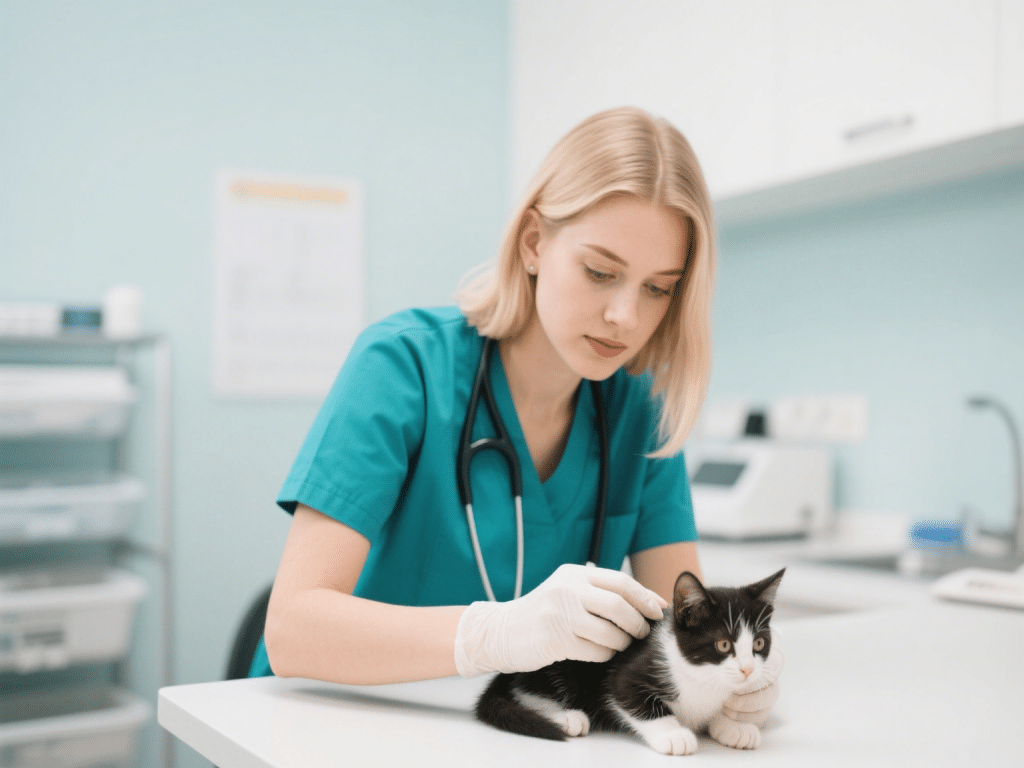
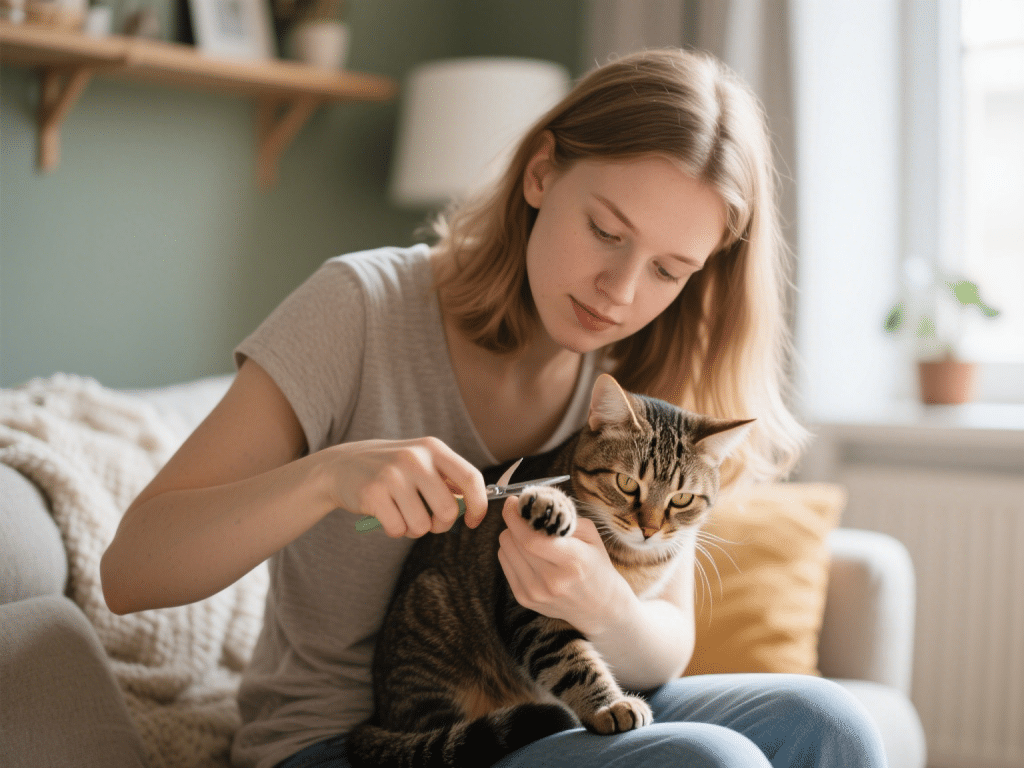
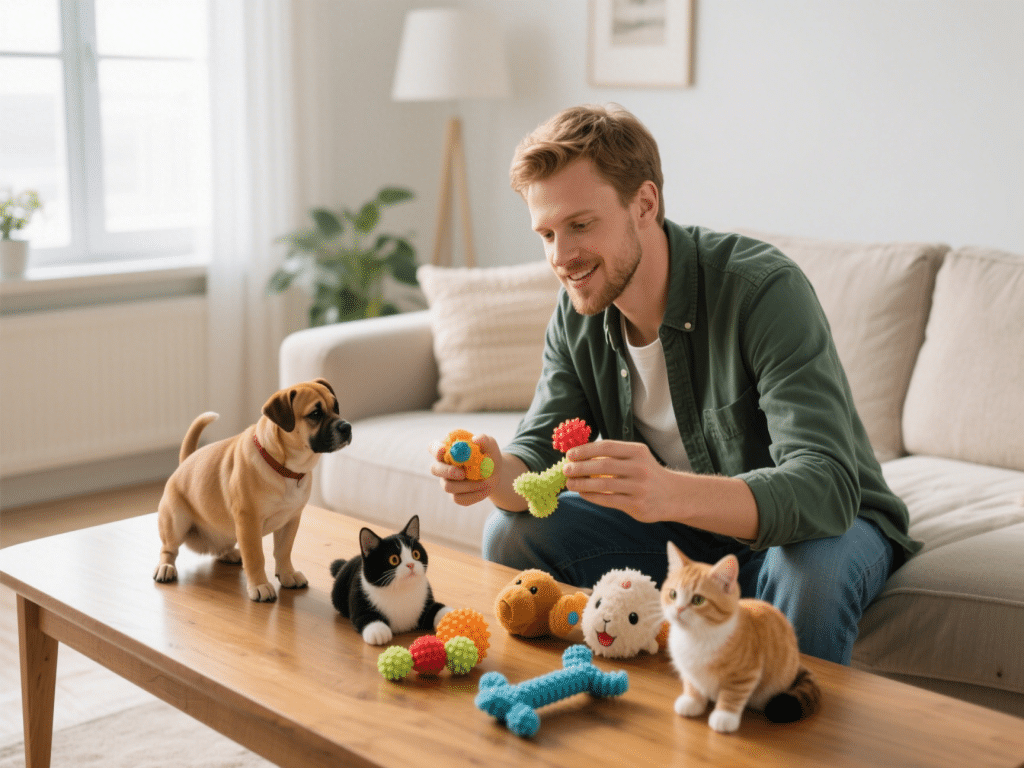
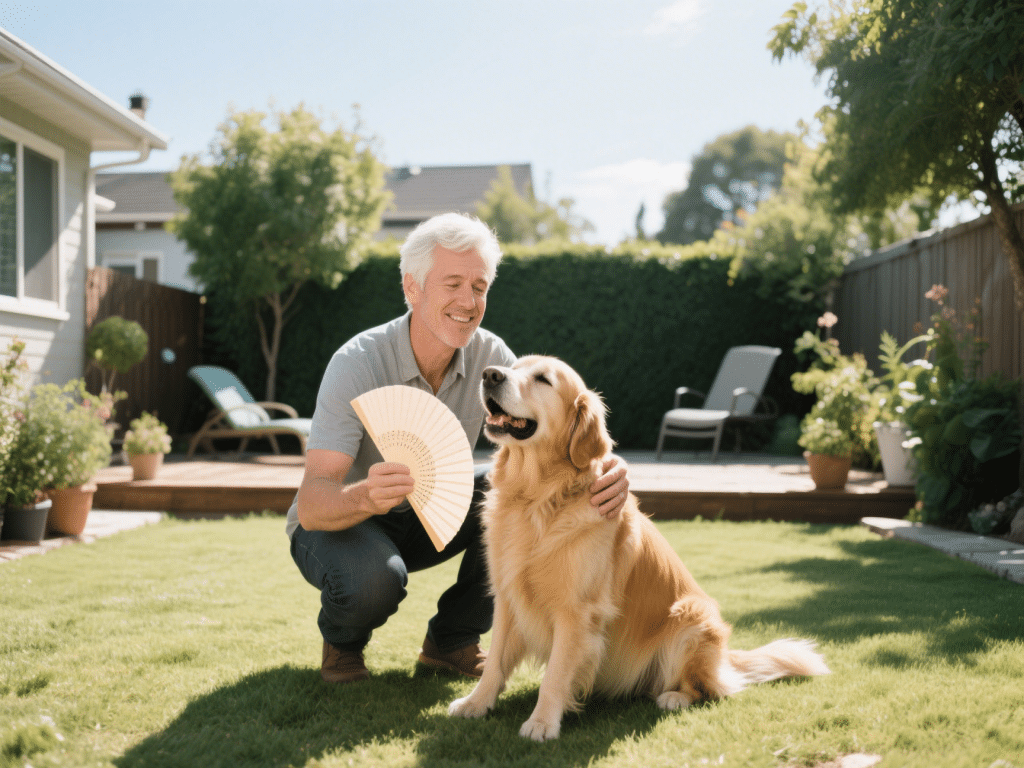


Comments on "DIY Pet-Friendly Indoor Garden: Safe Plants for Dogs and Cats" :